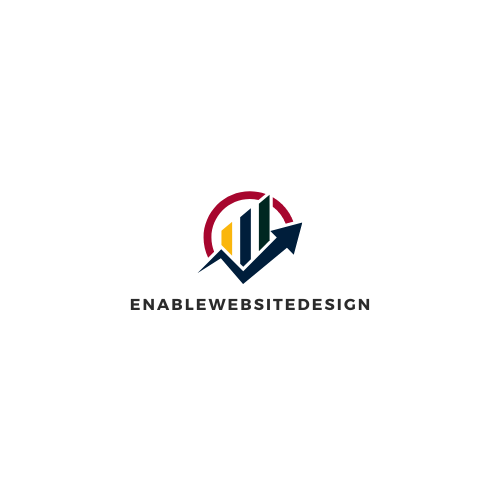When it comes to managing a WordPress website, displaying related posts is a great way to keep visitors engaged and get more out of your content. By displaying related posts in WordPress, you can take advantage of additional content to keep readers on your page. In this article, we’ll show you how to do it.
1. Using Related Posts to add Variety to WordPress
If content is the King for websites and blogs, then information sharing is the one true heir to the throne. To ensure a steady stream of diverse and engaging content, WordPress offers a neat tool known as Related Posts. With this feature, you can extend your content’s reach, enhance organic traffic, and really make readers stay.
Dealing with Related Posts allows you to:
- Edit how the related posts are presented
- Pick post categories and tags to narrow down the list
- Optimize where & how the related post widget appears
From there, be creative! Interweave interesting stories, useful resources or even link to your own past articles. Now, your readers have a broader pool of topics and ideas to explore. For any WordPress-savvy writer, Related Posts are an excellent way to maximize the potential of your contents. Ready for content royalty? We thought so.
2. Embedding displayRelated Posts with Plugins
- Jetpack Related Posts – This plugin created by Automattic offers an optimal solution to allow visitors to view your blog’s related posts. Firstly, Jetpack automatically shows related posts based on content and can be configured to show images of the posts. Secondly, it offers a wide range of settings, making it easy to customize the display options.
- Contextual Related Posts – This reliable and fast plugin shows related posts as thumbnails, making it aesthetic and improving engagement with your visitors. It has seven different styles for displaying related posts, allowing you to customize the look of the page. Additionally, several settings let you control settings such as post type and taxonomy.
Moreover, these plugins are easy to install and come with detailed instructions. However, functionality can vary and these plugins offer different features; it is important to carefully select the one most suitable for your blog.
For instance, the Jetpack Related Posts offers free Medium-powered recommendation engine, custom matching algorithms and engagement tracking. Also, Contextual Related Posts comes with smart filters, widgets, template tag and the ability to add related posts via the shortcode. Plus, it allows up to six related post thumbnails displayed on a single page.
3. Fine-Tuning Your Related Posts
Once you’ve decided what type of related posts you’d like to display, the fun is just beginning. To truly optimize the effectiveness of the posts, it’s important to fine-tune the related posts’ display options.
It pays to carefully select each element that goes into the show. Here a few ways to make sure your related posts really shine:
- Choose an accompanying title that is clear and catchy.
- Make sure writers and editors include the necessary tags to associate related posts.
- Be judicious with the images you use – you want to keep them professional and relevant.
- Be sure to keep a balanced selection of content so there’s variety for your readers.
Ultimately, is an art. By paying careful attention to the details, you can create a related posts section that is not only visually attractive, but effective in getting readers to explore your content.
Maximizing Exposure with display Related Posts
When it comes to maximizing your website’s exposure and encouraging viewers to stick around, you can’t beat related posts. This great web feature appears beneath an article or page and suggests content of similar interest to a user, keeping them engaged for longer!
Here are several ways to leverage related posts on your website:
- Include Links: Make sure to take advantage of internal links by adding a few related website URLs. Doing this will help decrease bounce rates and increase time spent on the website.
- Add Categories: Separating your posts into various categories can make it easier for visitors on your website to find related posts. This will also keep viewers up-to-date with the most recent topics.
- Set Keywords: Assign keywords for each post on your website. This tell search engines what to prioritize and associate similar content together.
By utilizing related posts, you can ensure increased website exposure without increasing ad costs or other outside factors.</p Now you have the tools to easily feature related posts in your WordPress blog. Now you can serve content that is already related to your readers so that they can continue to explore the content from the same topic or subject. With the power of WordPress and some careful planning, you can now easily connect your posts with others in the same field.
We offer affordable WordPress website design services that helps you create a powerful online presence. Our team of experienced designers has extensive knowledge of WordPress and can create a custom wordpress website design with elementor pro that perfectly reflects your brand and message. We will work closely with you to understand your needs and goals, and provide recommendations for design and functionality based on our expertise.



